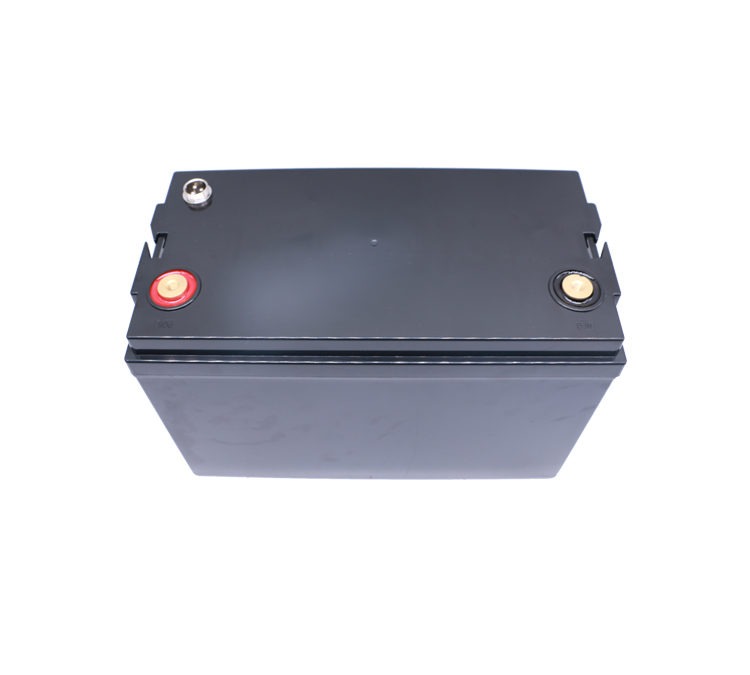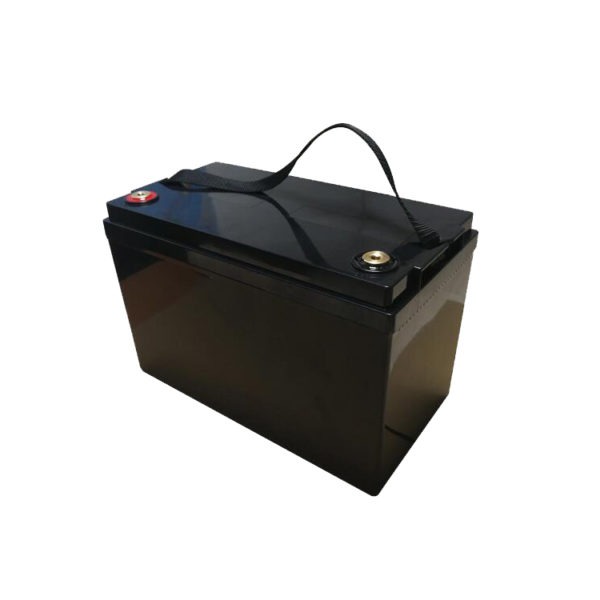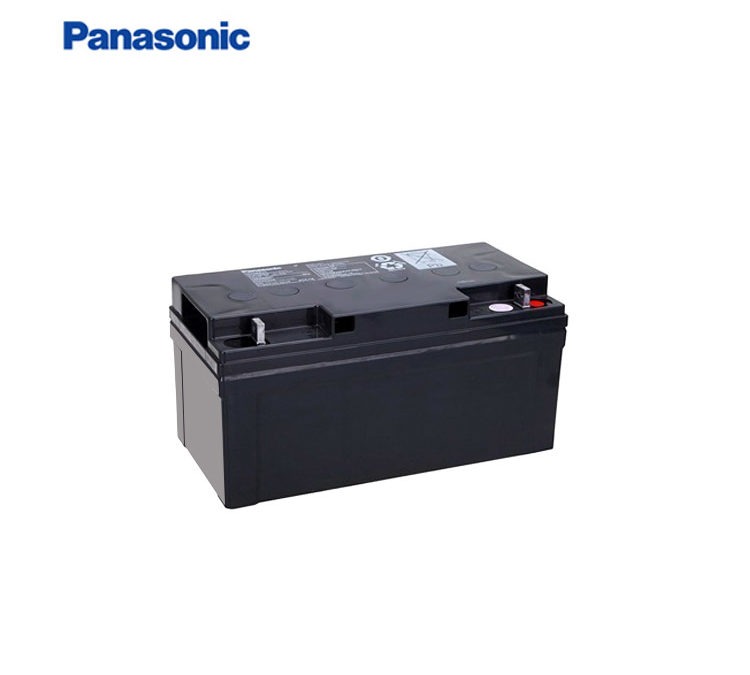
Jun 21, 2022 | Company News
The solar energy storage polymer lithium ion battery works on the principle that when photons of the right energy are shone through the ITO glass onto the photosensitive layer, the donor or acceptor material on the photosensitive layer absorbs the photons and excitons appear, then the excitons diffuse to the donor/acceptor interface where charge separation occurs, resulting in holes on the donor and electrons on the acceptor. The holes then pass along the donor to the anode and are collected by the anode, and the electrons pass along the receptor to the cathode and are collected by the cathode, resulting in photocurrent and photovoltage.
Schematic diagram of the photovoltaic effect of a solar polymer cell based on the donor/acceptor approach
The light absorption properties of the donor and acceptor materials, the hole mobility of the donor, the electron mobility of the acceptor and the position of the highest occupied orbital (HOMO) and lowest empty orbital (LLUMO) energy levels have a significant impact on the performance of organic photovoltaic devices. With regard to the electron energy levels, the donor material should have relatively high LUMO and HOMO energy levels, while the acceptor material should have low LUMO and HOMO energy levels, so as to ensure that the electrons at the LUMO energy level of the exciton in the donor can be spontaneously transferred to the LUMO energy level of the acceptor at the donor/acceptor interface, and the holes at the HOMO energy level of the exciton in the acceptor can be spontaneously transfer to the HOMo energy level of the donor, thus achieving charge separation.
In short, the photovoltaic conversion of polymer solar cells can be simplified to the following four processes.
Diagram of the working mechanism of a solar polymer cell
(1) excitons appear when the donor is excited by light.
(2) exciton diffusion to the D/A interface
(3) The exciton separates at the D/A interface to form an electron-hole pair
(4) Free carriers are transported and collected at the external electrode.

Jun 20, 2022 | Company News
A solar energy storage battery, also known as a “solar chip” or “photovoltaic cell”, is a thin sheet of photovoltaic semiconductor that uses sunlight to generate electricity directly. As soon as it is illuminated by light that meets certain illumination conditions, it instantly produces a voltage and, in the presence of a circuit, a current. In physics, this is known as photovoltaic (PV), for short.
Solar energy storage battery components and the function of each part.
1, tempered glass whose role is to protect the main body of power generation (such as cells), light transmission its selection is required: 1. light transmission must be high (generally 91% or more); 2. ultra-white tempering treatment.
2, EVA used to bond fixed tempered glass and power generation body (such as cells), transparent EVA material directly affects the life of the component, exposed to the air EVA easy aging yellowing, thus affecting the component light transmission, thus affecting the quality of power generation components in addition to the quality of EVA itself, component manufacturers of lamination process is also very large, such as EVA adhesive degree is not up to standard, EVA and tempered glass, backsheet bonding strength is not enough, will cause EVA early aging, affecting the life of the module. The main bonding encapsulation of the main body of power generation and backplane.
3, the main role of the cell is to generate electricity, the mainstream of the main market is crystalline silicon solar cells, thin film solar cells, both have advantages and disadvantages. Crystalline silicon solar cells, equipment costs are relatively low, photoelectric conversion efficiency is also high, more suitable for power generation in outdoor sunlight, but consumption and cell costs are very high; thin film solar cells, consumption and battery costs are very low, low light effect is very good, in ordinary light can also generate electricity, but the relative equipment costs are high, photoelectric conversion efficiency is relatively crystalline silicon cells more than half, such as the calculator on the solar cells .
4, backplane role, sealing, insulation, waterproof (generally used TPT, TPE and other materials must be resistant to aging, most component manufacturers are guaranteed 25 years, tempered glass, aluminum alloy are generally no problem, the key is in with the backplane and silicone whether it can meet the requirements.)
5, aluminum alloy protection laminate, play a certain sealing, support role.
6, junction box to protect the entire power generation system, play the role of the current transfer station, if the component short circuit junction box automatically disconnects the short-circuiting battery string, to prevent burning the entire system connected, the most critical thing in the line box is the choice of diode, according to the type of cell in the component different, the corresponding diode is not the same.
7, silicone sealing role, used to seal the components and aluminum alloy frame, components and junction box junction. Some companies use double-sided tape, foam to replace silicone, the domestic use of silicone, the process is simple, convenient, easy to operate, and the cost is very low.

Jun 16, 2022 | Company News
The heat of the Panasonic battery is less related to the amount of electrolyte, if the sealed Panasonic battery has less electrolyte, the internal resistance will increase, which will also cause the battery to heat up and the end voltage is very high when charging. The battery becomes old, the electrolyte dries up, there is a short circuit inside, etc. The same will also form heat. The charger can not be charged in the late constant voltage, resulting in the formation of battery voltage across the promised value, the temperature will rise, severe will bulge, life expectancy is complete. Panasonic battery in the charging process, part of the electrical energy into chemical energy, but also with part of the transformation into heat and other energy. Charging battery heat is normal, but the temperature is high, you should check the charging current is too large or the battery internal short circuit. In use, try not to put it horizontally or upside down, to prevent a large amount of gas production inside the Panasonic battery can not be smoothly discharged from the venting valve, especially when charging, otherwise it may cause the shell to burst.
The Panasonic battery is a single “original Panasonic battery”, each original Panasonic battery voltage of about 2 volts, the original Panasonic battery in series to form a higher voltage Panasonic battery, a 12-volt Panasonic battery consists of six original Panasonic batteries, 24-volt Panasonic battery consists of 12 original Panasonic batteries, etc. UPS When the Panasonic batteries are charged, each of the original Panasonic batteries connected in series is charged. A slight difference in the function of the original Panasonic battery will result in some of the original Panasonic batteries being charged at a higher voltage than others, and this part of the Panasonic battery will age prematurely. As long as the function of one of the original Panasonic batteries connected in series is reduced, the function of all the Panasonic batteries will be similarly reduced. Experiments have confirmed that the life span of the Panasonic battery is related to the number of original Panasonic batteries connected in series, the higher the voltage of the Panasonic battery, the faster the ageing.

Jun 15, 2022 | Company News
The Panasonic battery is a relatively good brand product and it is used in many applications. To summarise, the main functions of the battery are the following.
Firstly, electrical equipment and vehicles are in fact not electrically charged per se, its main fuel is oil, but batteries are essential for motor vehicles, because to headlights, horns, etc. are dependent on batteries to provide current in order to work. But the battery has a limited capacitive storage capacity and its more immediate role is to provide current for the generator when it fails to supply current when it starts. So inside the motor vehicle, the battery is connected to the generator, and is connected in parallel, which can provide a strong current when the engine starts.
Secondly, if the generator fails and loses its power generation function or the voltage is too low, many electrical products on the motor vehicle will not work properly, and with the battery, it can provide current for the electrical appliances in case of emergency, so that the equipment on the motor vehicle can be energised normally.
Thirdly, Panasonic batteries also have the greatest benefit of being able to store electricity, the realisation of this function requires two conditions at the same time, one is that the generator load is relatively small, there is excess electricity for the battery inside the active material and electrolyte chemical reaction, the second is that the battery capacity is insufficient.

Jun 14, 2022 | Company News
The products produced by Panasonic batteries are all standard products, so the charging methods that can be used are also to meet the requirements of national standards. The following several charging methods are all normal charging situations, and the charging time is basically around 15 hours to fully charge the battery.
First, constant current charging method
From the literal sense you can see that since it is constant current that means that the current used in the charging process of the battery is constant. If you want to save charging time, you can theoretically use a higher current, which can be seen at roadside fast-charging stations, where the current used is relatively high. However, if you charge with high current, the active material on the electrode plates will fall off abnormally, which greatly reduces the service life of the battery, as the temperature of the battery will become very high after a period of charging.
Second, constant voltage charging method
This charging method can effectively avoid overcharging of the battery. However, as the voltage and current are inversely proportional to each other, the charging current of the battery becomes smaller and smaller, so the effect of late charging is not very satisfactory.
Thirdly, the graded constant current charging method
This method is more eclectic and has basically no effect on the life of the Panasonic battery.




